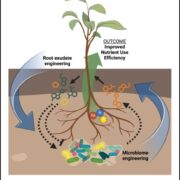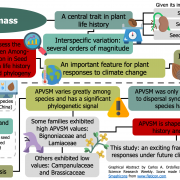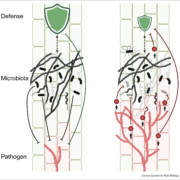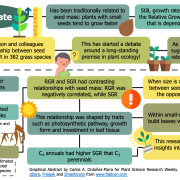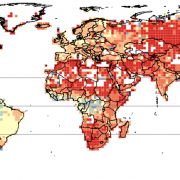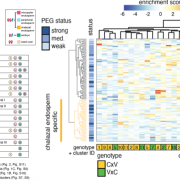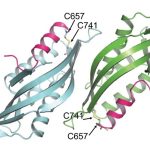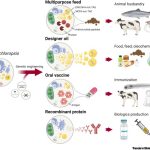Opinion: The role of microbial inheritance in the assembly of the plant microbiome
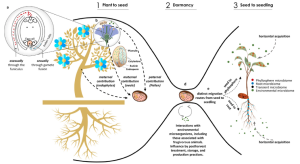 Seeds not only carry the embryo that will germinate and give rise to a new individual, but they are also the vector to the next generation for microorganisms from the mother plant and the environment. Consequently, seeds link the microbiome between plant generations. In this thorough review, Abdelfattah and colleagues take us on the journey of microbial inheritance in seed plants, which starts from the very beginning of seed development. Seeds interact with their surroundings, receiving microorganisms from the air, the rain and –potentially– from the ovule and sperm cells. When seeds are dispersed and reach the soil, they are exposed to entirely new microbiota, from the soil and possibly from the dispersers’ guts. When germination occurs, seed microbial communities will migrate to their final destination, either in the roots or the shoot, each with a distinctive composition. Some questions about the processes and mechanisms involved in this journey are still a matter of debate. However, this paper provides a fascinating overview of the processes that shape microbial inheritance through seeds, making it obligate reading for those interested in the subject. (Summary by Carlos A. Ordóñez-Parra @caordonezparra) Trends Microbiol. 10.1016/j.tim.2022.10.009
Seeds not only carry the embryo that will germinate and give rise to a new individual, but they are also the vector to the next generation for microorganisms from the mother plant and the environment. Consequently, seeds link the microbiome between plant generations. In this thorough review, Abdelfattah and colleagues take us on the journey of microbial inheritance in seed plants, which starts from the very beginning of seed development. Seeds interact with their surroundings, receiving microorganisms from the air, the rain and –potentially– from the ovule and sperm cells. When seeds are dispersed and reach the soil, they are exposed to entirely new microbiota, from the soil and possibly from the dispersers’ guts. When germination occurs, seed microbial communities will migrate to their final destination, either in the roots or the shoot, each with a distinctive composition. Some questions about the processes and mechanisms involved in this journey are still a matter of debate. However, this paper provides a fascinating overview of the processes that shape microbial inheritance through seeds, making it obligate reading for those interested in the subject. (Summary by Carlos A. Ordóñez-Parra @caordonezparra) Trends Microbiol. 10.1016/j.tim.2022.10.009


